RECOIL OFFGRID Gear 12 Tools for Survival
Most of us have a well-stocked toolbox (or two) at home, at work, in the garage, or in the workshop. But if SHTF, what tools from the hundreds you may already have should you take with you? Alternatively, what tools should already be in your vehicle, go bag, or bug-out bag?
First things first: this list is by no means comprehensive, and everyone's list will be different. If you're going to be working on a boat, you'll have different tools than someone who's working on a bicycle. If you’re carrying everything on your person, narrow down the list to smaller and lighter items. However, this list should provide what is, in our opinion, a versatile starting point for almost anyone.
Also, we're not including consumables like duct tape, zip ties, or super glue, since they're not tools in the traditional sense. We’re also excluding useful items like a fire striker, compass, or a first aid kit—despite their importance to survival, you wouldn’t normally find those items in an ordinary home toolbox. Now, without further ado, here are our top twelve survivalist tools:
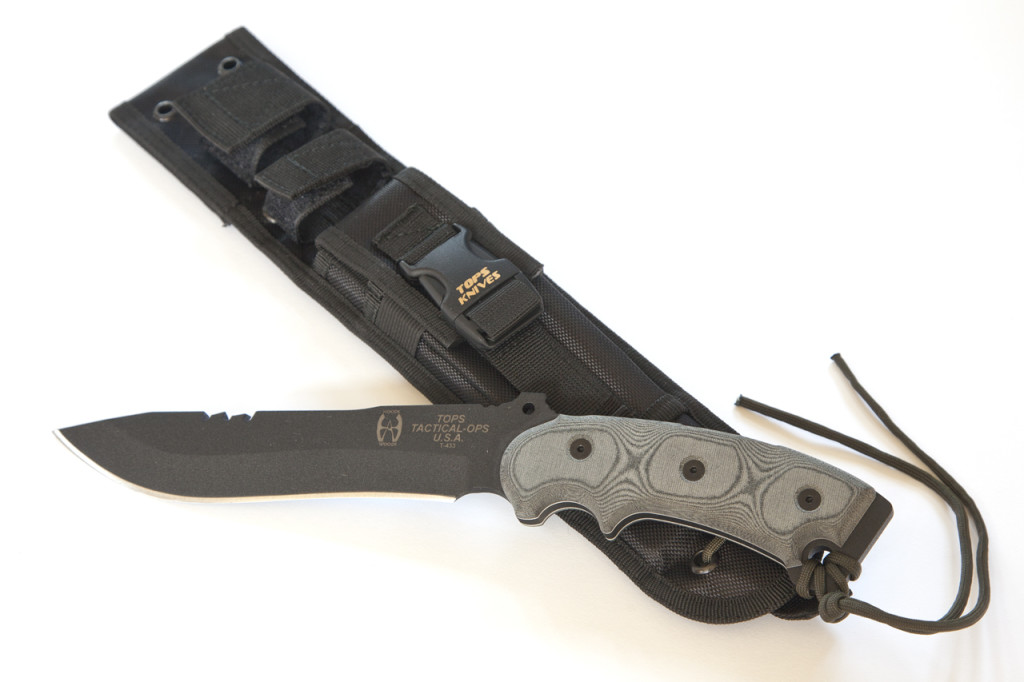

A fixed-blade knife is the single most important tool in your arsenal. So, don’t rely on a cheap knife from your local hardware store! Try a number of different knives, and find what works best for you. Whatever it is, it should be fairly large, sturdy, and have a durable sheath you can strap to your belt or pack.
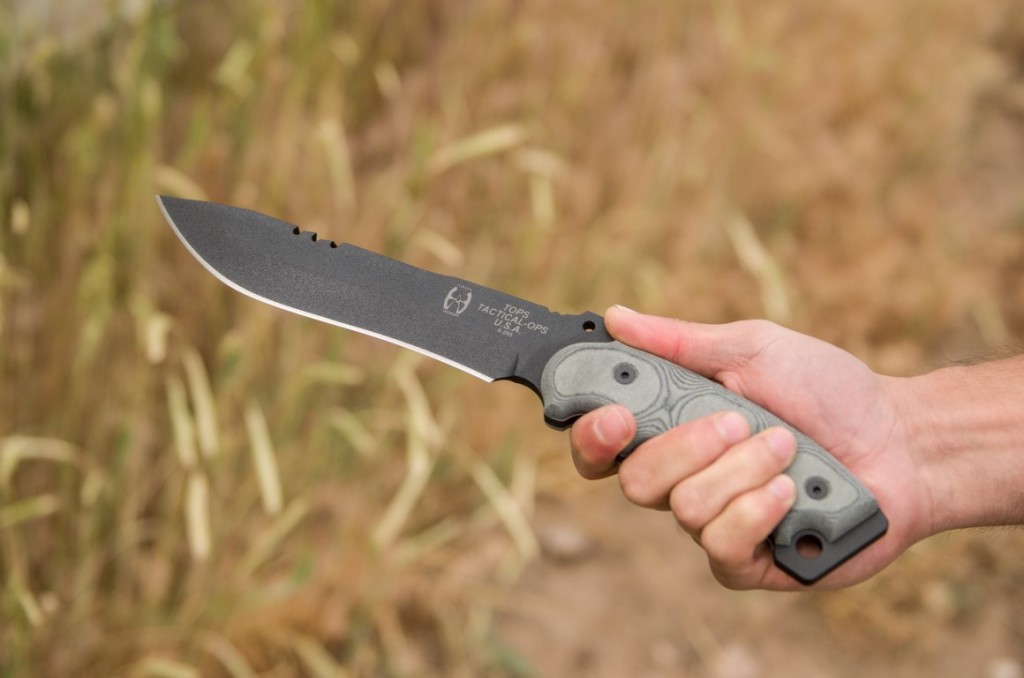
For this list, we chose the hefty TOPS Knives Anaconda 7B. With a 13.25-inch overall length, 7-inch blade, heat-treated 1095 high carbon steel construction, and grippy black linen Micarta handle, the Anaconda is a real workhorse. It’s nicely weighted, with a slight curvature that makes it perfect for hacking and chopping. However, unlike a full-size machete, this large knife is precise enough for more delicate tasks. Also, its hardened carbon steel is extremely strong and can hold a razor-sharp edge under heavy use, and that’s just what you’ll want in a survival scenario. The knife itself is a nicely-built piece, and even the included MOLLE-compatible nylon sheath feels high-quality. At $240, the Anaconda is certainly pricey, but when your life depends on it, a good knife like this one from TOPS is worth every cent.
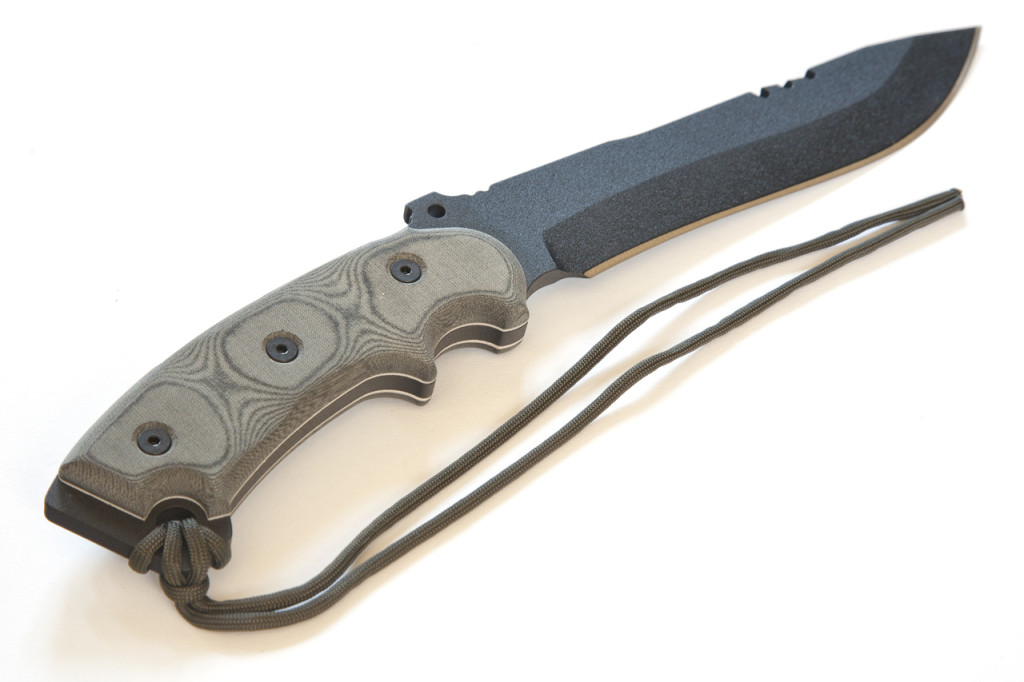
Blade size and type come down to personal preference and geographic location—if you’re in a jungle or forest, a large kukri or machete might be ideal, while a concealable 4-inch fixed blade might be preferable in an urban setting. Whatever you choose, choose wisely, as this will be your primary cutting implement and should always be within reach.
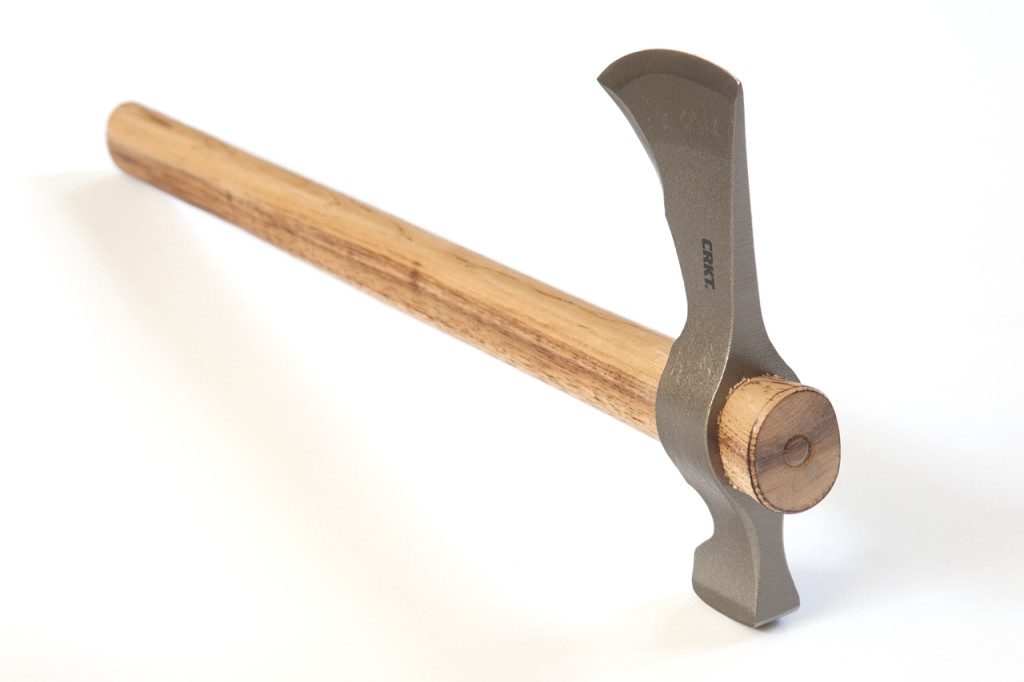
A hatchet or axe will serve as your second edged implement, alongside your knife. Thanks to its weighted head and longer handle, an axe can be used for chopping firewood, felling trees, hammering tent stakes, and as a weapon. To provide sufficient leverage and swinging power, we prefer something in the 15-25 inch range for overall length.
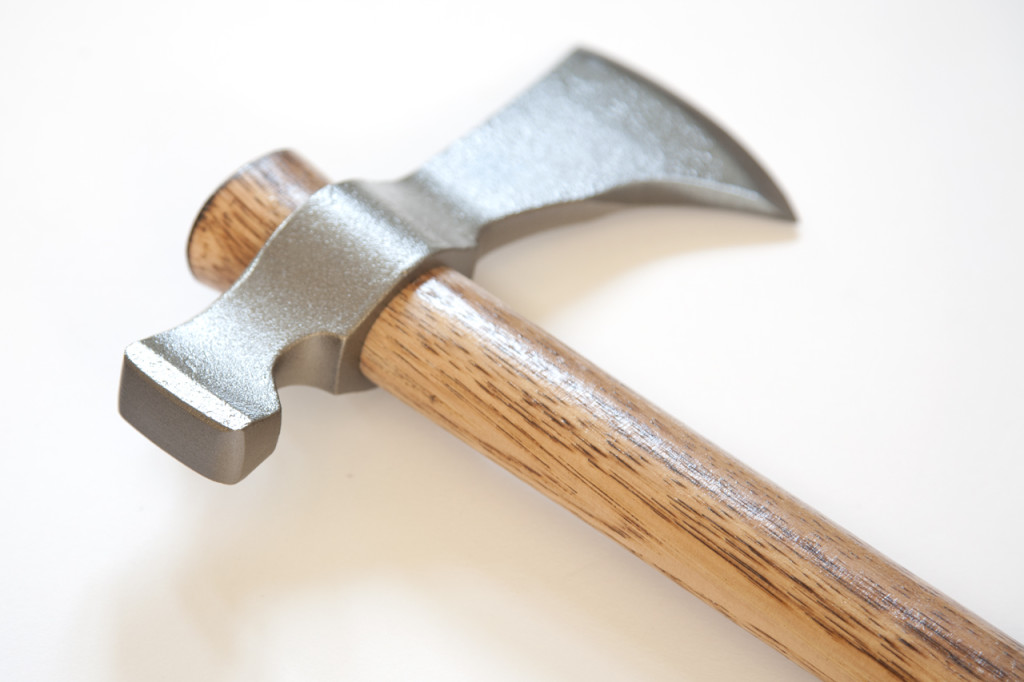
It’s up to you whether you prefer a smaller, lighter tomahawk or hand axe, or a full-size lumberjack-style log splitter. Again, consider your environment—lugging around a massive axe in the desert is probably unnecessary.
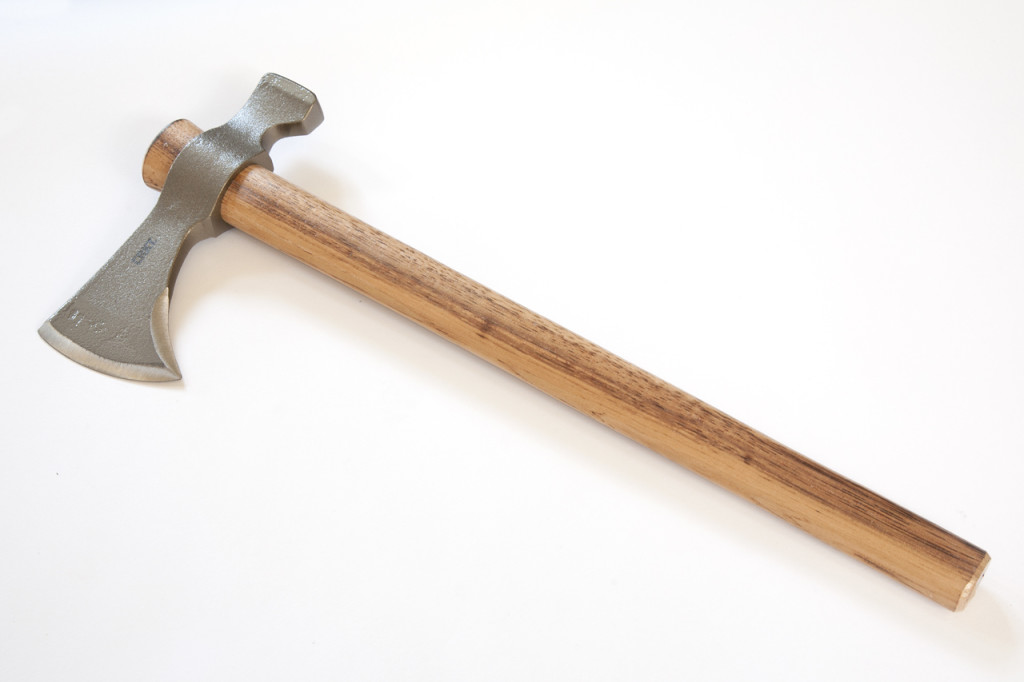
When it comes to axes, we really like the Woods Chogan T-Hawk from CRKT. Its 19.3-inch handle is made of tough lacquered Tennessee hickory, while the business end is formed from a chunk of rock-solid 1055 carbon steel. The length is just enough for two-handed chopping, and it’s perfectly weighted for one-handed use as well (or throwing, as you’d expect from a tomahawk). Opposite the blade, you’ll find a squared-off hammer head, which is great for pounding tent stakes. CRKT also offers a Woods Kangee variant of this T-Hawk, with a spike instead of the hammer head.
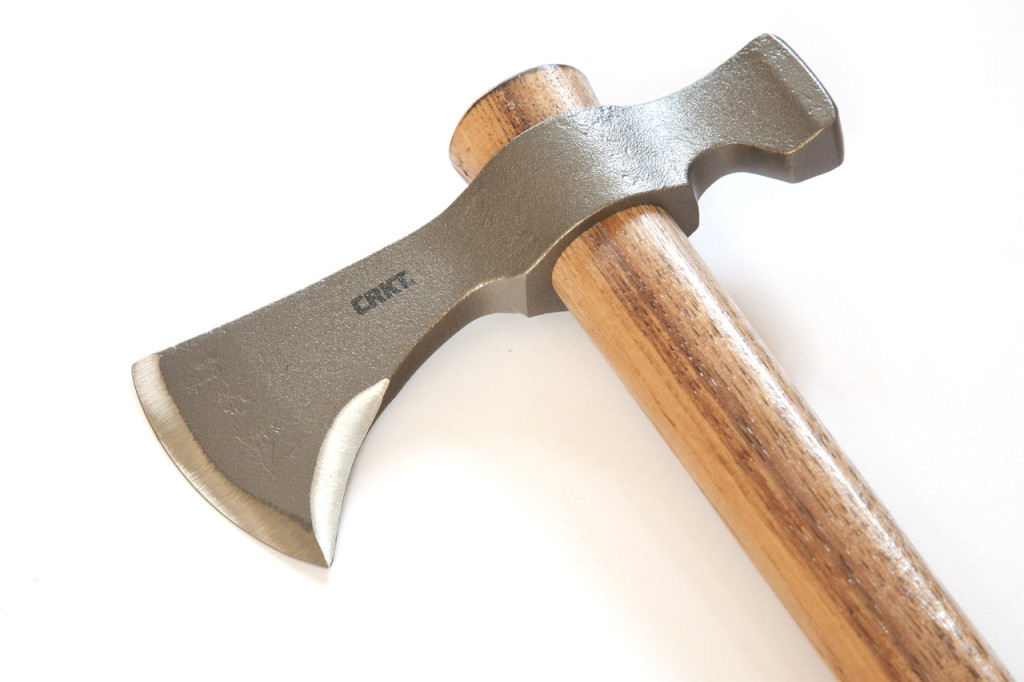
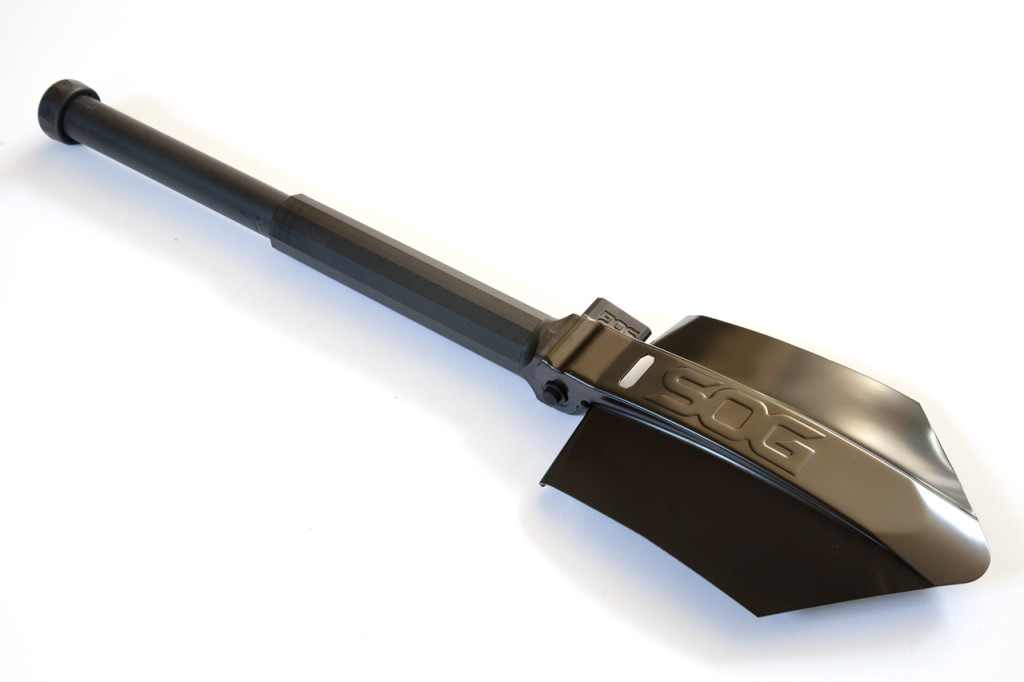
Necessary for digging shelters, fire pits, and more. You can even heat it over a campfire and use the metal as a cooking surface. A compact military-style folding spade is ideal if space is limited, and many offer serrated and sharpened edges for chopping, hacking, and cutting.
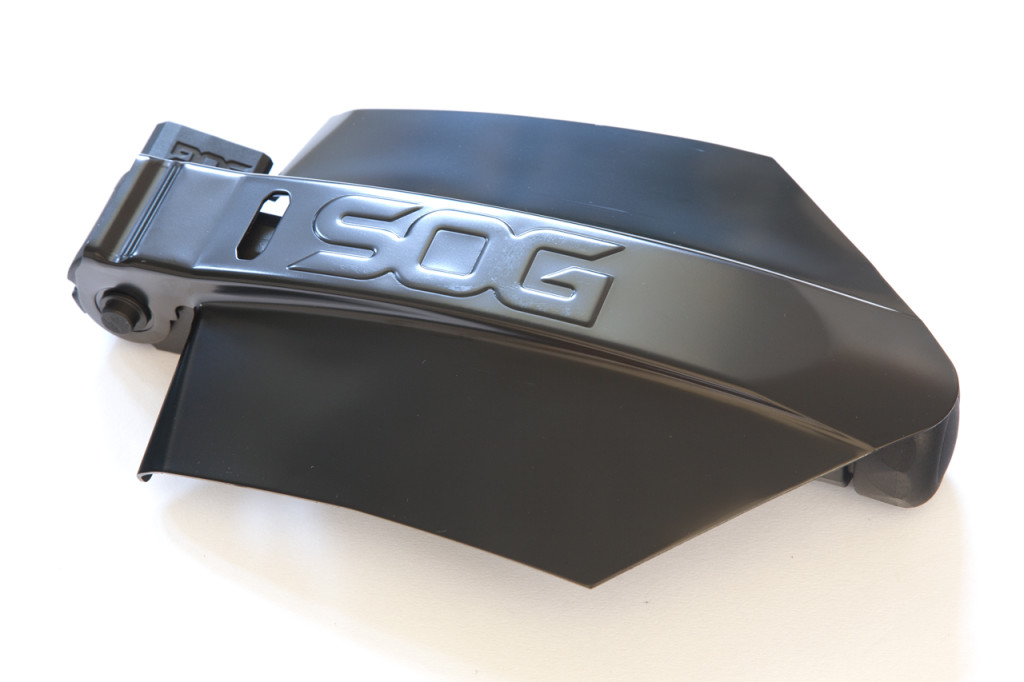
For this Top 12 feature, we picked up a SOG Elite Entrenching Tool, which has all the features you’ll need from a shovel in an extremely light and compact package. The SOG Elite E-Tool arrives folded into a 6” x 10.5” x 2” fabric carrying pouch, and with a few twists of the wrist, folds out and expands into a 26” long shovel. It’s sturdy with a 1075 carbon steel head, and a ultra-light composite handle that locks securely in place. A nice additional feature is the hidden reversible hacksaw within the E-Tool’s handle, which provides a great backup to our next tool.
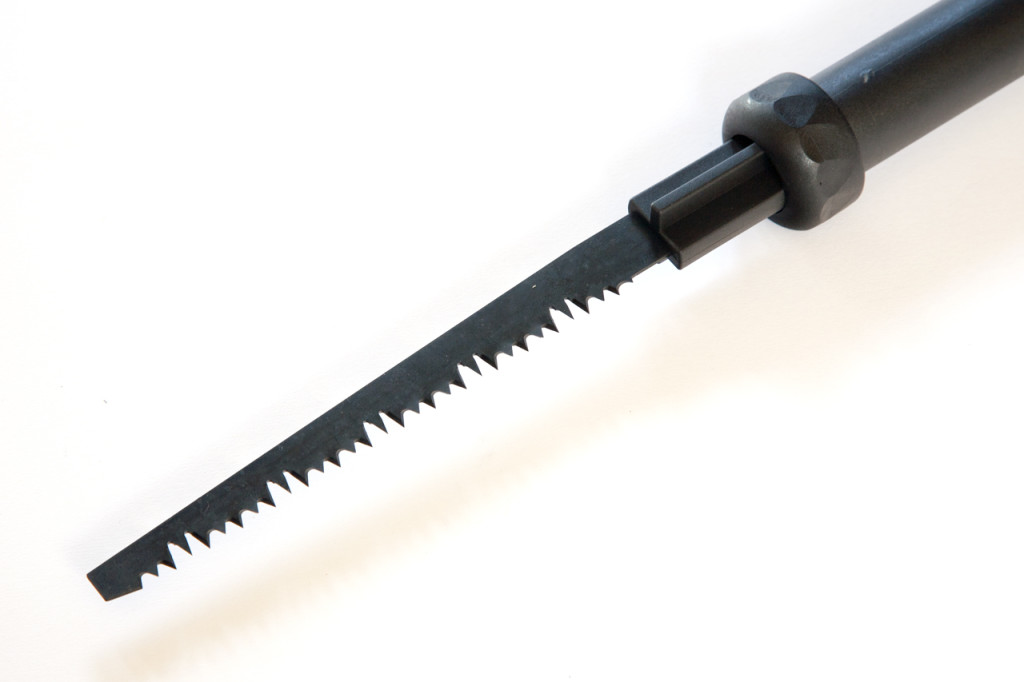
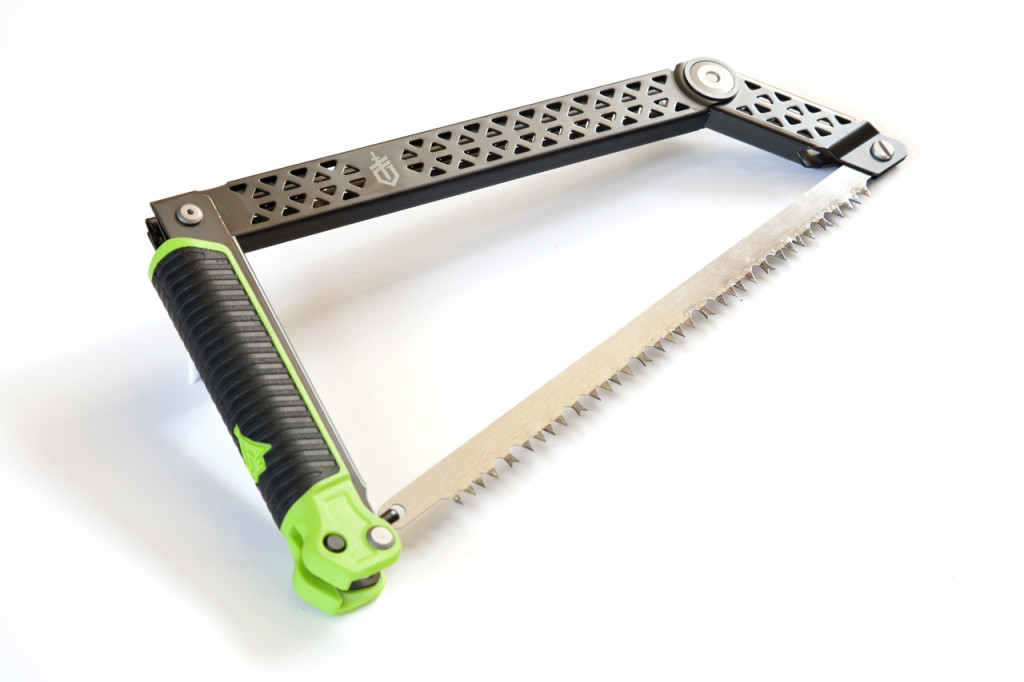
Just about everyone has a standard hacksaw sitting in their toolbox or on the wall of their garage. This tool cuts through wood, plastic, metal, and other items with precision and speed. However, a normal hacksaw doesn’t travel well, and you certainly don’t want to throw it in your bag with an exposed blade. That’s why we lean towards a folding saw for survival purposes—they’re nice and compact, they protect the blade, and they work just as well as the real deal.
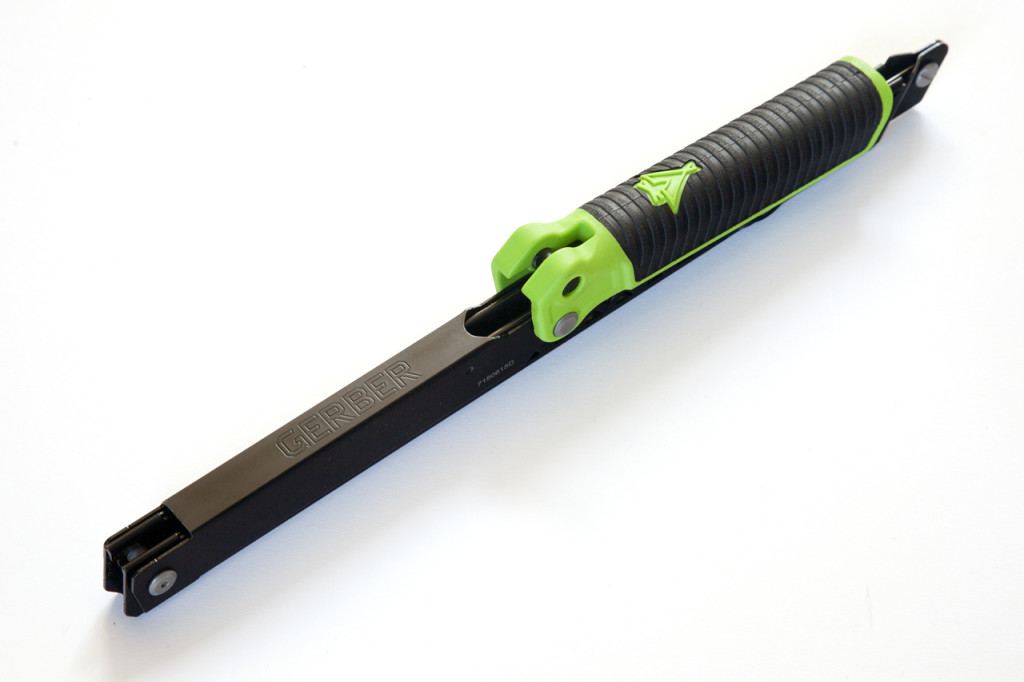
After looking online for a folding saw, we decided on a Freescape Camp Saw from Gerber. This brand new design accepts standard 12-inch saw blades, so you can swap them out and cut different materials as needed. In compact form, it’s only 13.8” x 1.8” x 1.1”, which is perfect from a portability standpoint.
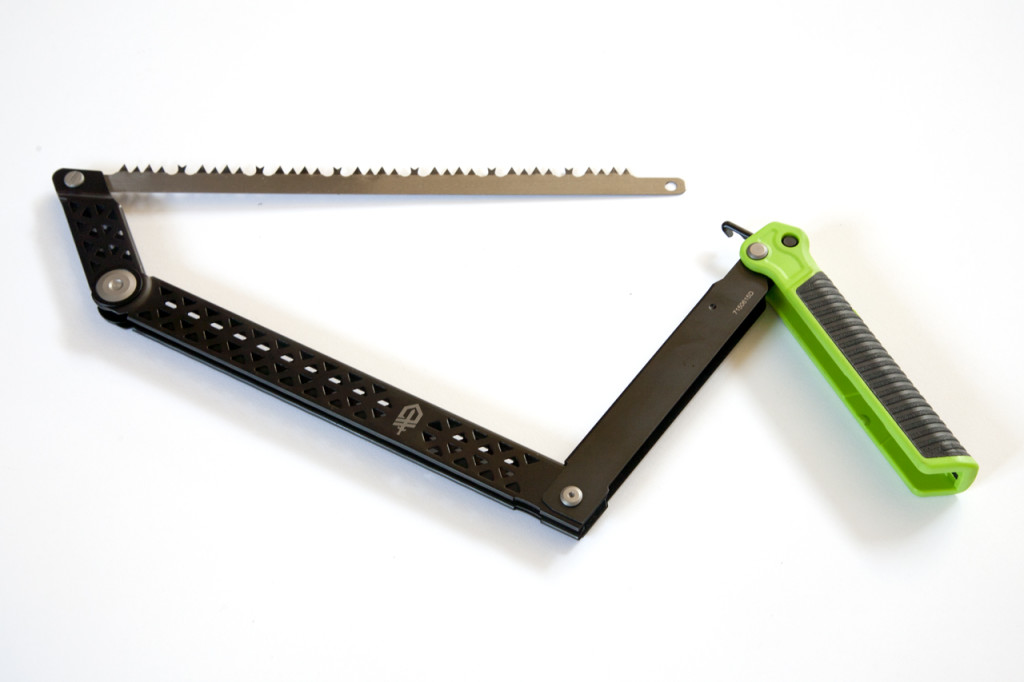
It also folds open in seconds, and snaps together to hold the blade tightly in place. We also liked the grippy rubber handle, which makes sawing with greasy or sweaty hands much easier.
![]()
Most toolboxes have some form of work light, and for good reason—it’s essential to working at night or in low-light conditions. Some prefer an LED flashlight/flood light combo, and this is a good choice, especially with a magnetic base for mounting on metal surfaces. However, we like headlamps, since they’re totally hands-free, and the light is always focused right where you’re facing.
We chose a Black Diamond Icon headlamp, which is a high-end 320-lumen light that’s weatherproof and versatile. Its QuadPower LED spotlight is effective up to 100 meters in total darkness, and four SinglePower white and red LEDs (two each) provide up-close fill light. It even has a quick-access mode that illuminates the red LEDs first, so you can operate discreetly and not wipe out your night vision. We also like that the 4x AA battery pack sits on the rear of your head, distributing weight evenly.
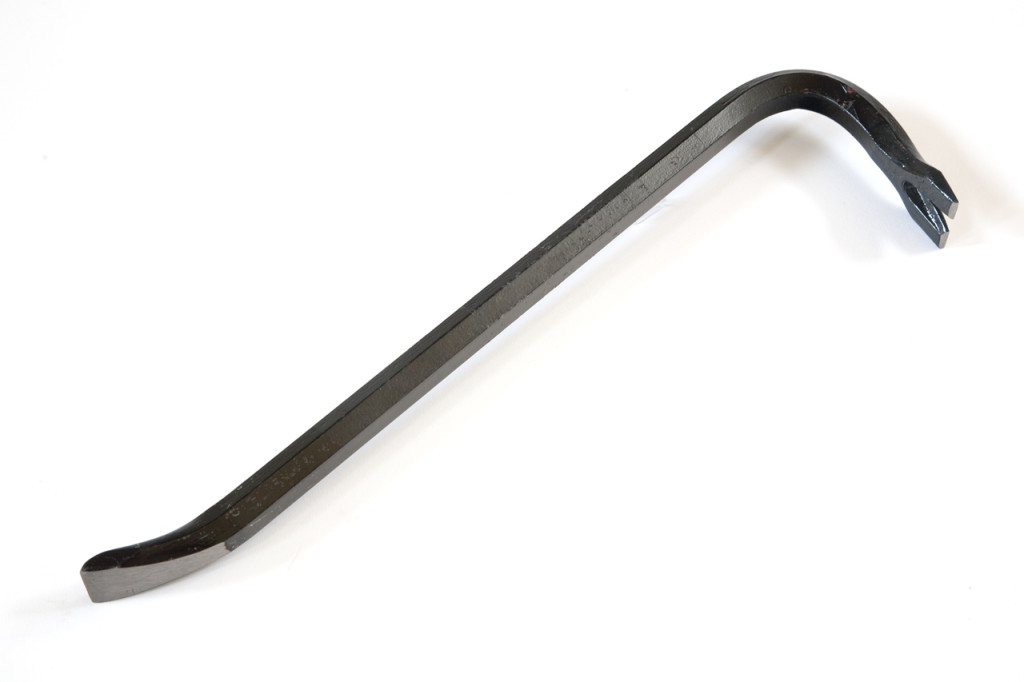
We call this “the persuader”, since it’s perfect for breaking loose stubborn items. Pry open doors, bash through glass, remove stuck nails, use the sharpened end as a chisel, or use it as a blunt-force weapon in a pinch. Look for a 2-foot model if you plan on carrying it, or a longer bar if you’re stowing it in a vehicle. Try to find one that’s sturdy without being too heavy. Keep in mind that many people will view this as a burglary tool, so avoid carrying it openly in public.
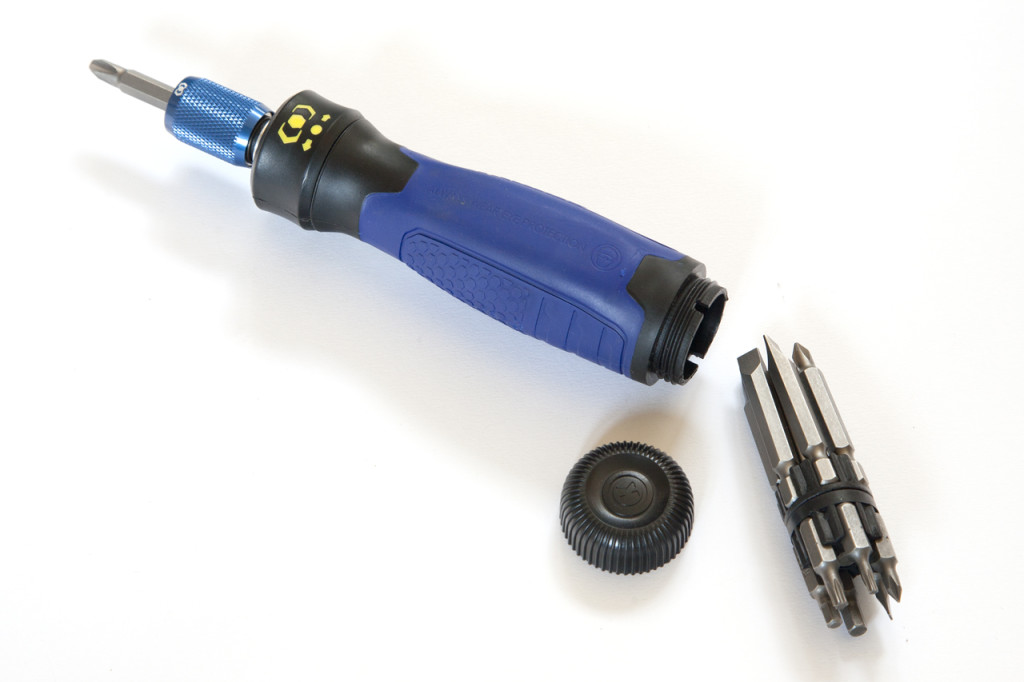
A good screwdriver is key for working on anything electronic or mechanical. Look for one with Phillips, flathead, hex, and Torx bits, stored in the handle or an attached zip-up pouch. Ratcheting action is good to have, but remember that there’s a possibility this feature can break, rendering your tool free-spinning and useless.
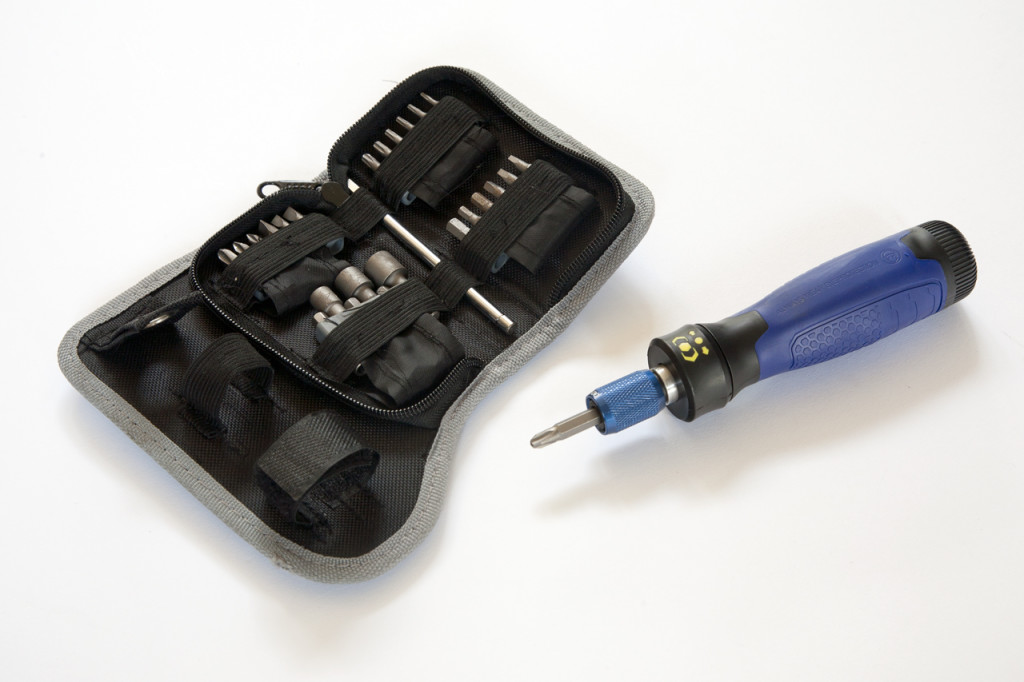
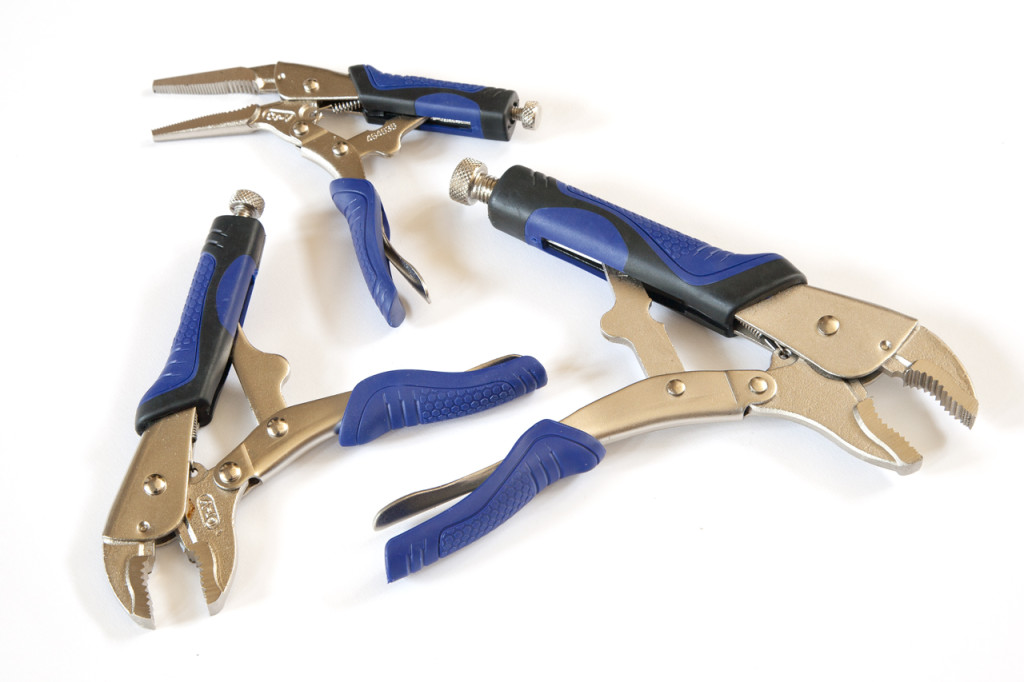
Locking pliers (pictured above) can be used as traditional pliers to grasp objects, but can also clamp items in place while you work. We recommend the needle-nose variety for versatility. Alternatively, you could consider a set of vise grips or jaw locking pliers (pictured below). These don’t clamp in place like locking pliers, but they can be adjusted to fit a variety of different diameter objects that are too big for locking pliers.
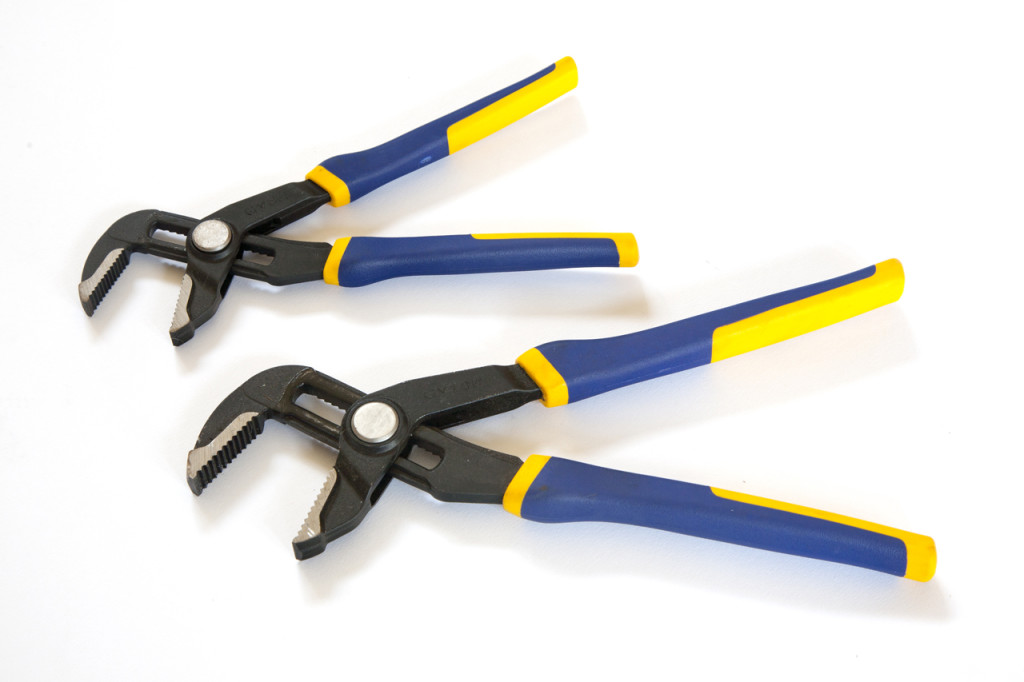
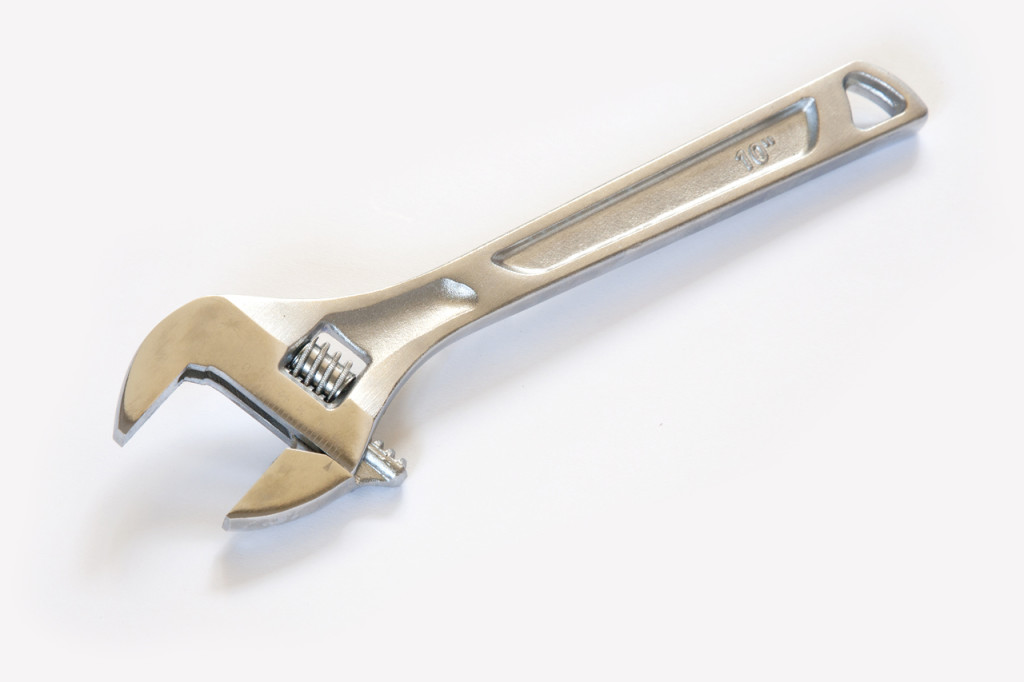
Often you’ll need to work with large bolts while repairing vehicles, plumbing, and machinery, and this is just the tool for the job. It sure beats carrying around a full set of box wrenches, and if you don’t have a large wrench handy, some tasks become impossible.
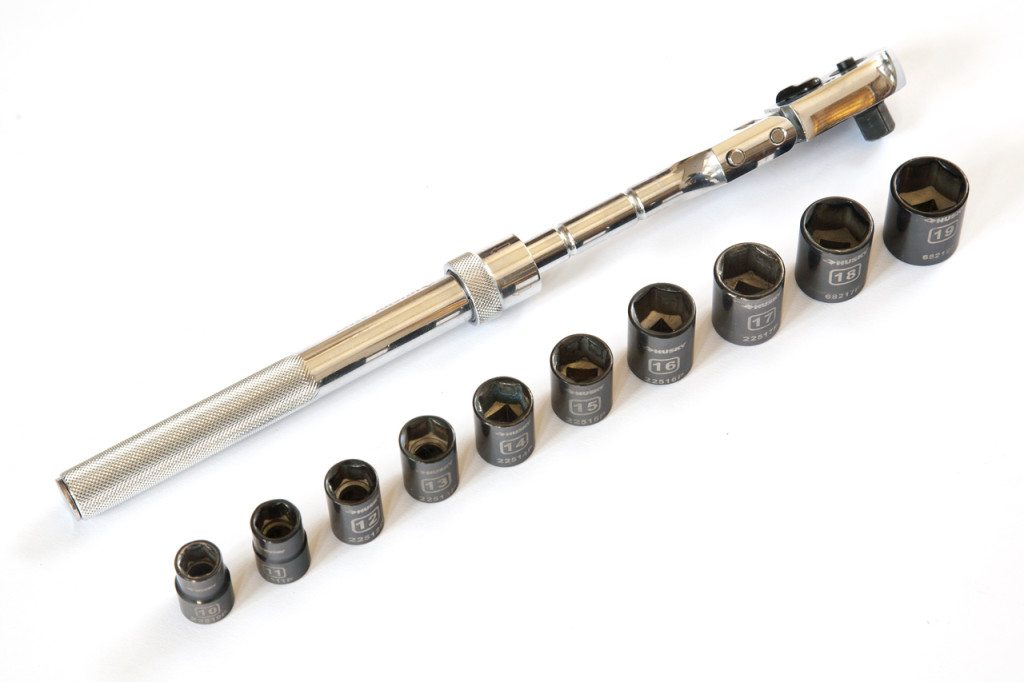
Although you might get by with just the adjustable wrench, a ratcheting wrench will make working on cars, generators, and other small machinery ten times easier. Also, there are many instances where you need a socket wrench, such as loosening car lug nuts or removing a small bolt in tight confines. A mid-size 3/8-inch ratcheting wrench gives you more precision than an adjustable wrench, and will reduce the risk of stripping small nuts and bolts. We like the extendable/pivoting type pictured above for versatility and extra leverage. Almost all newer vehicles and light machinery uses metric hardware, so a set of sockets from 8mm to 21mm will cover most tasks.
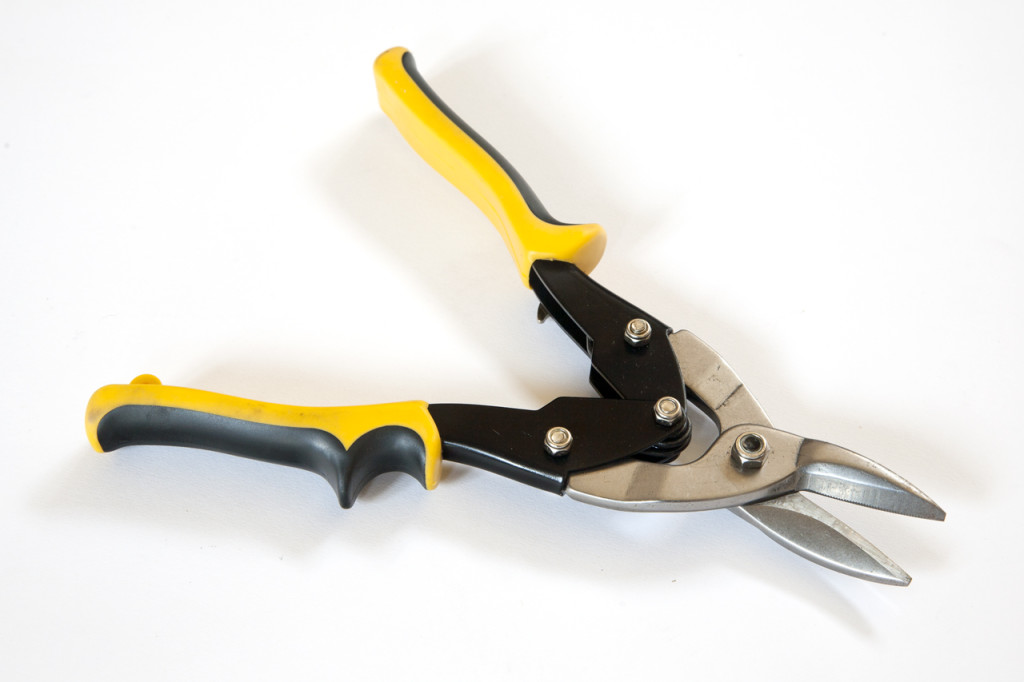
Think of these as scissors on steroids. Tin snips will cut almost anything—rope, cables, chain link fence, barbed wire, zip ties, fabric, tape, and thin-gauge sheet metal. It’s extremely convenient to be able to slice through metal like butter.
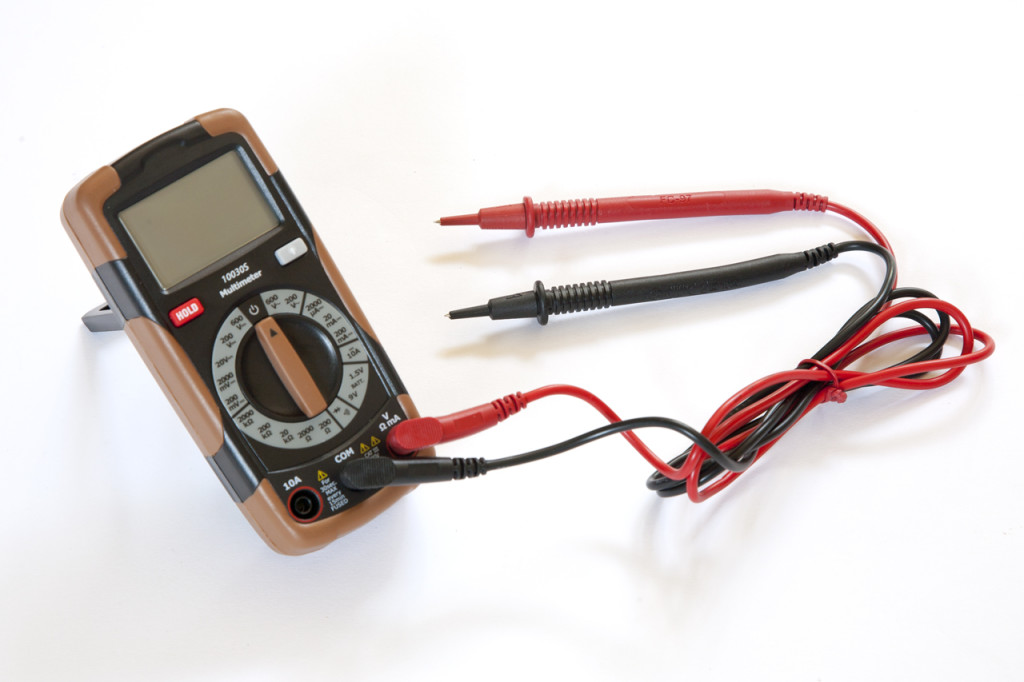
If you’re working on or troubleshooting anything electronic, a good multi-meter is absolutely essential for finding power, ground, and checking voltage and resistance. Unless you like guessing where live wires are, and scratching your head when your electronics malfunction, get a small multi-meter and learn how to use it. If you plan to work on electronics frequently, also grab some various-gauge loose wire, splice and terminal connectors, and a crimping/stripping tool.
All these tools for survival should fit in a small tool bag or duffel, and will cover most basic mechanical tasks, from constructing a shelter to troubleshooting a car. If you have different ideas or suggestions, we want to hear them! Post them in the comments below, or visit our Facebook page.
 STAY SAFE: Download a Free copy of the OFFGRID Outbreak Issue
STAY SAFE: Download a Free copy of the OFFGRID Outbreak Issue
No Comments